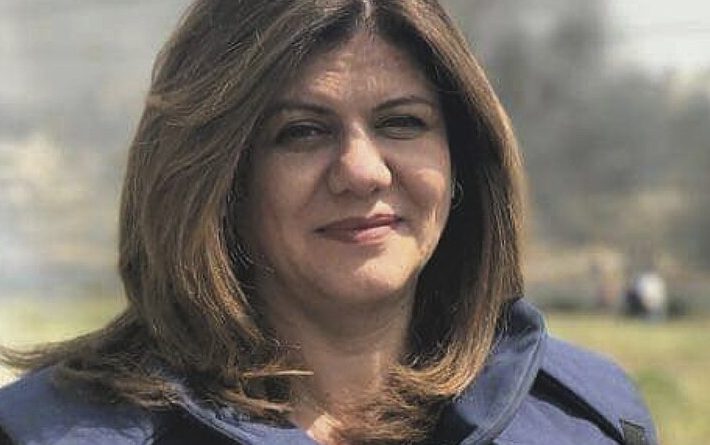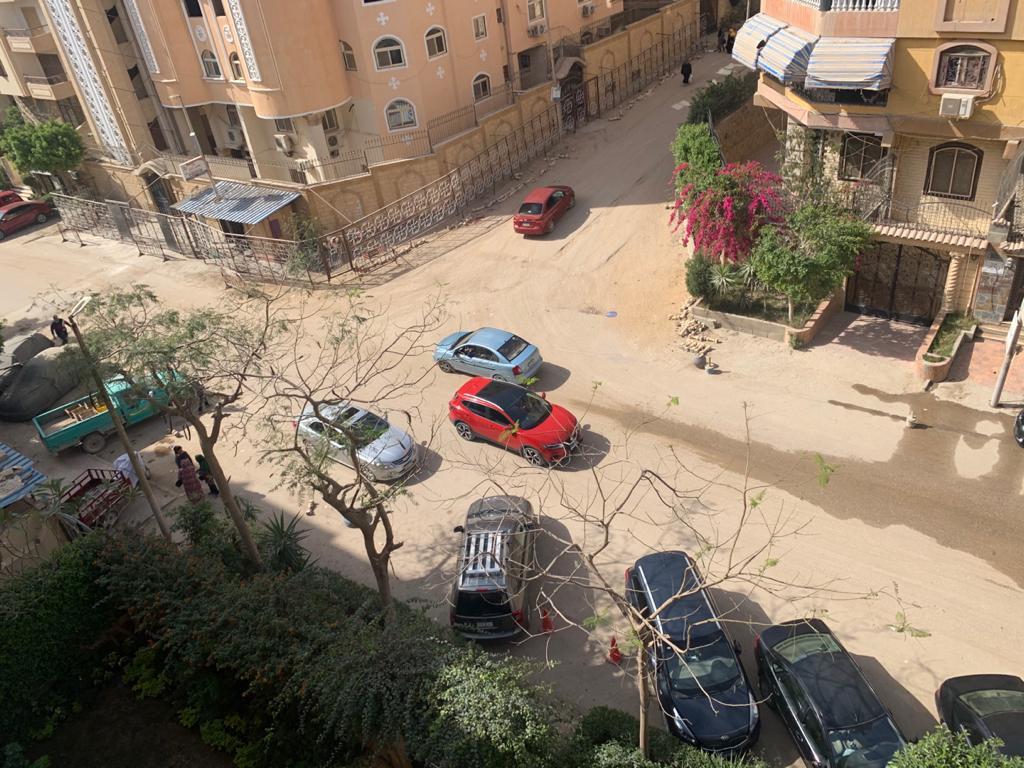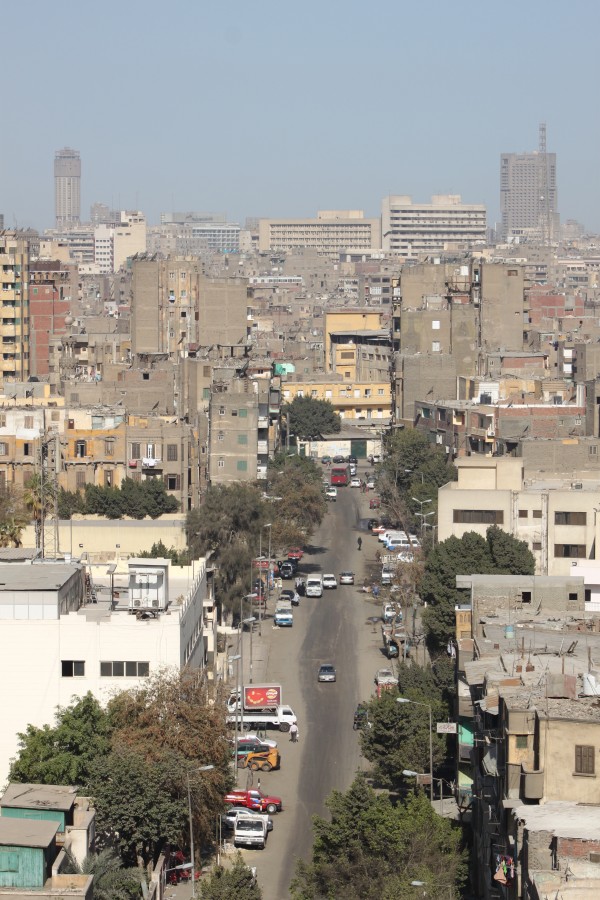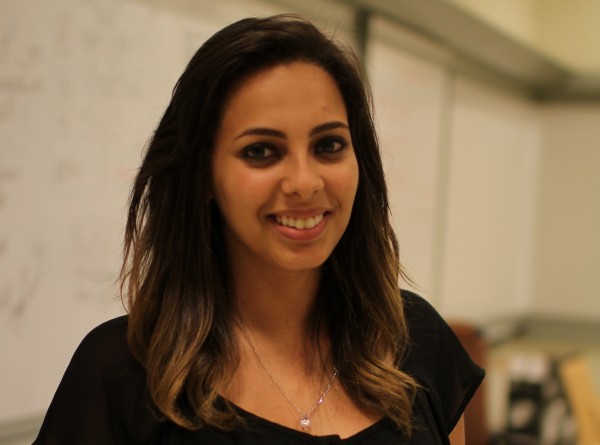The World’s Windows to Gaza
Journalists have shown resilience and utter strength, garnering a followership from a young audience who hasn’t been reached before.
Edited By: Vereena Bishoy
Photo Credited to Wikipedia Commons
People miles away, in countries separated by oceans, speaking different languages are all able to stay up to date with the news coming out of the heavily besieged city almost minute by minute, and it’s all thanks to the world’s windows to Gaza: the Palestinian journalists.
In a world where journalism can be used to share biased, selective narratives, people’s only way to the reality of what is happening in Palestine is through the live lenses of those caught in the crossfire.
“We’re getting documentation of things we didn’t see before,” says Sarah El Richani, assistant professor of mass communication, who has research interest in media history and comparative media studies.
With social media giving people easy access to raw footage through live stories on platforms such as Instagram and TikTok, the young generation of Palestinian journalists have made it their mission to utilize these platforms to show the world the reality of their people.
In El Richani’s opinion, although many professional journalists are covering the events in a more traditional way, some younger journalists on Instagram have proved themselves to be invaluable as they document the atrocities despite the challenges and dangers they are facing as Gazans. These young journalists document the genocide daily and stay in dangerous territories, risking their lives.
Among those figures are 24-year-old Motaz Azaiza and 22-year-old Plestia Alaqad.
Motaz Azaiza is a photojournalist born and raised in Deir Al-Balah, the smallest refugee camp in the Gaza Strip. Originally, he used to photograph the beautiful scenery in Gaza, but after the events of October 7, his content changed drastically to only cover and photograph the events happening in Gaza’s occupied territories. His photos and videos have been published in various media outlets. He is also employed by the United Nations Relief and Works Agency’s (UNRWA).
Alongside Azaiza, independent journalist Plestia Alaqad stands tall in Gaza with nothing but her phone to capture the daily events, trying to let people see Gaza through her eyes. She gave open permission to media outlets to use her videos and photos to spread the word on the situation in Gaza.
“I think they’re doing a tremendous job reaching a different audience, a more youthful audience who don’t consume the legacy media,” says El Richani.
In a matter of days, their Instagram followings have skyrocketed to millions of followers. Today, Alaqad has around 4 million followers on Instagram while Azaiza enjoys a whopping 15 million followers.
El Richani evolved a truism – if somewhat cliche – that in wars, truth is the first casualty, and that is due to many reporters letting their biases bleed into their work. But she also adds that while many journalists and media outlets sometimes fail to be objective, some professionalism is still in demand and audiences are holding erring outlets to account.
“What makes Azaiza and especially Plestia’s reporting particularly compelling is that they are not trying to persuade you; they are just showing the unfiltered reality on the ground,” says El Richani.
While Azaiza and Alaqad have captured the hearts and minds of the people during this time, there are Palestinian legends that are not to be forgotten when it comes to their contribution to the Palestinian cause.
Journalist Wael El Dahdouh has been one of the most prominent voices in Palestine since 1998, covering the many invasions of Israel in the Gaza Strip. He worked for various media outlets, including Al-Quds newspaper, Voice of Palestine radio channel and Al Arabiya. In 2004, he joined Al Jazeera where he is now serving as the bureau chief in Gaza.
He showed incredible resilience and dedication to his duty as a journalist when he found out on air that wife, his son, daughter and grandson were killed by Israeli soldiers on October 25, but woke up the next day and continued reporting.
Mai El Hussein, a Palestinian field engineer, calls El Dahdouh a hero and an inspiration because, despite his pain, he still knows the necessity of continuing to share the devastating situation in Palestine.
“This shows that Wael is not doing it because it’s his job; he believes that this is his duty, and he is responsible to report the situation of the innocent people in Gaza to the world…They [the journalists] are basically heroes because they know very well that the press vest and helmet can’t protect them, and they might die while on duty,” says El Hussein.
One journalist whose press vest and helmet in fact did not protect her and her image remains ingrained in the minds of many around the Arab world and beyond is Shireen Abu Akleh, who was assassinated in May 2022 by an Israeli soldier.
“I remember very well when I was a 3-year-old child during the second intifada; she was one of the journalists covering the situation there. I can never forget when I used to sit with my parents watching the news, her deep voice ending the reports by saying: ‘Shireen Abu Akleh, Al Jazeera, Palestine,’” says El Hussein.
Abu Akleh was an iconic journalist who worked as a reporter for Al Jazeera for 25 years before she was killed in the occupied West Bank as she covered a raid on the Jenin refugee camp wearing the protective press gear. She was the first Arab journalist allowed into the Israeli prison Shikma in 2005.
“She wasn’t just a journalist for Palestinians; she was a legend,” says El Hussein.
In an interview with The Caravan Maryam Ahmed, a social media content creator with 1 million followers on Instagram, says that in addition to Palestinians having to win back their occupied land, they also have a media war to win as many journalists fight to prove their narratives.
Ahmed also emphasizes that the journalists are doing all they can, and the rest is up to the citizens to use the information they share wisely.
“All they want is their voice to reach the outside world, and that’s what they keep telling us over and over, even if the connection goes out, just keep making sure their voices are heard,” she says.




